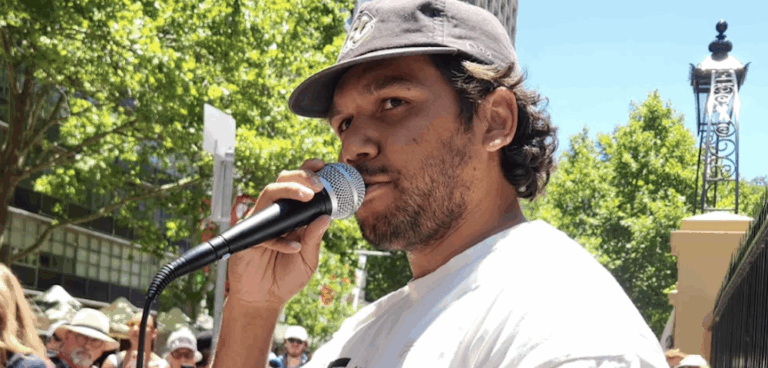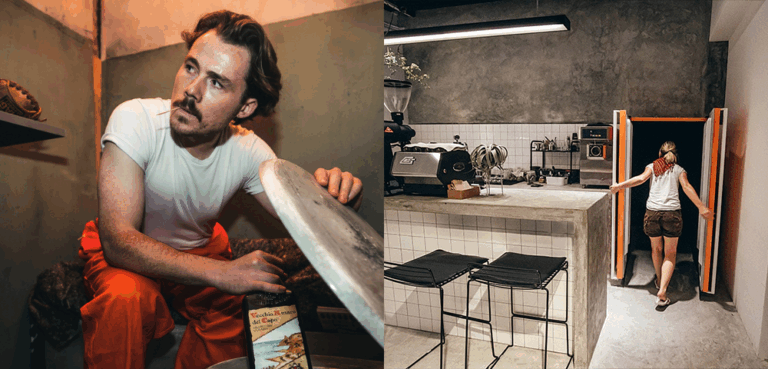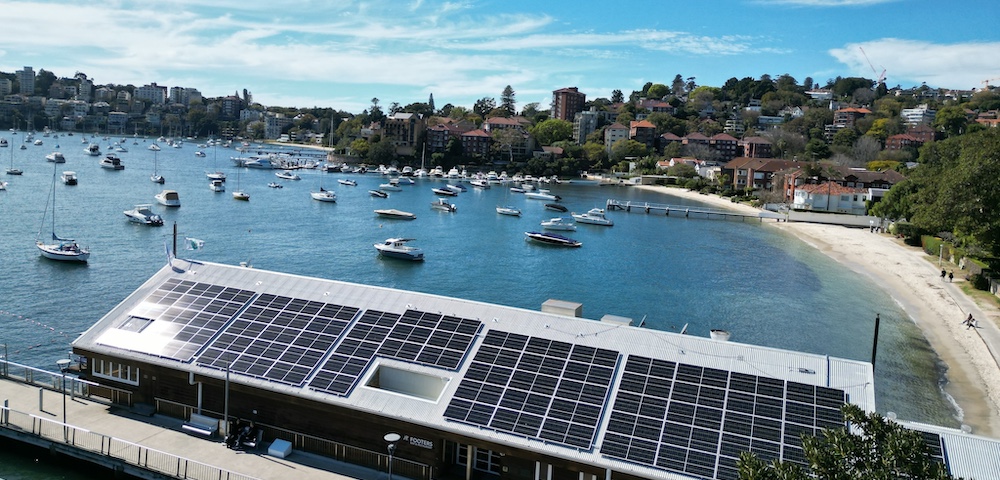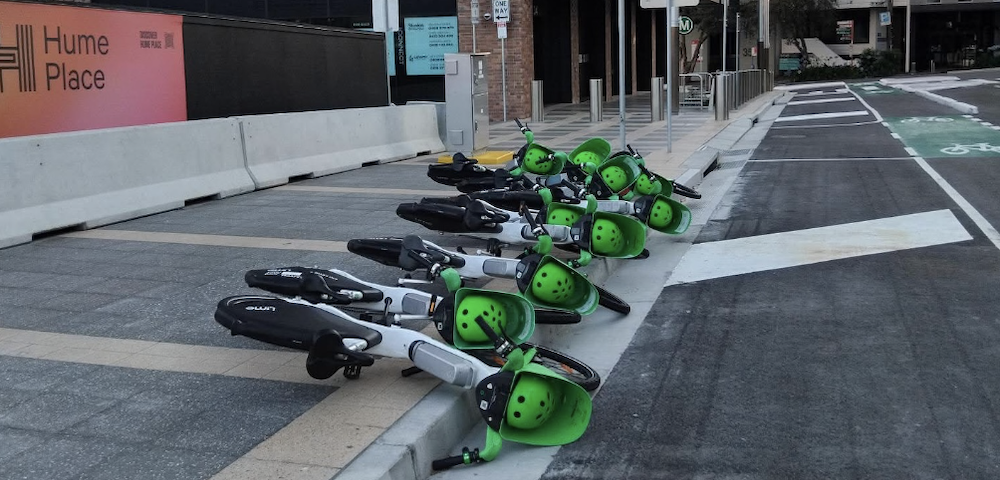

BY KYLIE WINKWORTH
There are many big questions begging answers from the Liberal Party. Why was Malcolm Turnbull dumped as PM? Why are there so few Liberal women MPs? And in NSW, why is the government closing the Powerhouse Museum (PHM) to ‘move’ it to Parramatta? The case for moving the Powerhouse Museum has been a morass of contradictions since it was first announced by former Premier Mike Baird in November 2014. Infrastructure NSW stitched up the case for the Premier’s captain’s pick in its November 2014 State Infrastructure Strategy Update, claiming the Powerhouse was relatively remote, not in a cultural precinct, and should be urgently relocated to Parramatta. How things change. Now the Powerhouse site is back in a cultural precinct after the Arts Minister Don Harwin threw the idea of a creative industries precinct in Ultimo into the mess of justifications for demolishing the museum.
The Powerhouse must close so the government can develop a creative industries precinct with TAFE and UTS. Perhaps someone should tell the government that there has been a creative industries precinct in Ultimo since the museum opened in 1893. Thinking big about downsizing, the government will jam a lyric theatre into the museum’s boiler and turbine halls, clog the site with high-rise, and leave a remnant design and fashion display somewhere on the Powerhouse site under a block of flats.
The Arts Minister told the Legislative Council’s museum inquiry last week that a creative industries precinct in Ultimo is critical to cementing Sydney’s reputation as Australia’s cultural capital. The government’s latest idea for the Powerhouse site ignores the fact that Ultimo has been a cultural, creative and education precinct since the old Technological Museum, ancestor of the Powerhouse, opened on Harris Street in 1893. The museum was co-located with Sydney Tech, around the corner in Mary Ann St, now part of TAFE. The two institutions were twinned by their wonderful polychrome brick buildings designed by William Kemp, and adorned with fine sandstone carvings of native fauna.
The buildings evidence the long partnership between these two institutions, and the belief that great buildings are a necessary context for training the next generation of designers, tradies and creative people. Lionel Glendenning’s design for the Powerhouse continued this tradition.
His Sulman award winning Wran building on Harris St references the museum’s foundation in the 1879 Sydney International Exhibition. This distinguished building is slated for demolition for a block of high-rise apartments, cloaked in spin about a creative precinct. Despite the government’s neglect, the Powerhouse is still is a wondrous showcase of the industrial revolution, and changing technologies of power, transport and manufacturing.
The museum’s decorative arts and design collections are grounded in this history and linked to the technologies behind their production. All this will be undone when the museum is evicted from Ultimo.
The business case papers that underpin the move are frank about ‘rethinking’ the museum’s mission. Applied arts and applied science will be narrowed to art and science, STEM subjects, digital projections and art installations.
The need for a Broadway-style lyric theatre in Sydney was recognised in the 2011 report Planning Sydney’s Cultural Facilities. This was on the government’s desk when it came to power.
It is a shame the report’s key priorities were ignored while the government sprayed cash on trophy projects advanced by heavy-weight bankers from arts boardrooms: $245m for Walsh Bay, $244m for the garden-stealing unnecessary Sydney Modern project, and $228m for the Sydney Opera House.
All of this once in a generation cultural spend-a-thon was allocated without the benefit of a cultural policy or strategy, which is still in preparation. The government overlooked the need for a lyric theatre in remaking Darling Harbour without a masterplan. And it missed another opportunity to include a lyric theatre in the developer bonanza at Barangaroo. Instead, almost as an afterthought, a lyric theatre will be crammed into the empty shell of the Powerhouse.
When it comes to tourism and cultural life there is no equivalence between a major state museum, open 364 days a year, showing our stories and the treasures of NSW, and a lyric theatre for American musicals with tickets at $200 a pop.
The government has already spent up big on theatres, but has found only $50m for the Australian Museum’s new travelling exhibition space. After the demolition of the PHM’s temporary exhibition space, the largest in Sydney, the city’s museum and exhibition capacity will actually be smaller. It seems that no one in government has looked at the statistics for the high value international cultural and heritage visitors, who contributed $13b to the NSW economy last year.
They are not coming to see Broadway musicals. Their major interest is visiting heritage buildings and museums. But what is the NSW government doing?
It is selling off our sandstone heritage buildings and demolishing a major state museum. This leaves a big unanswered question for the Liberal government: why is the Powerhouse being demolished?









